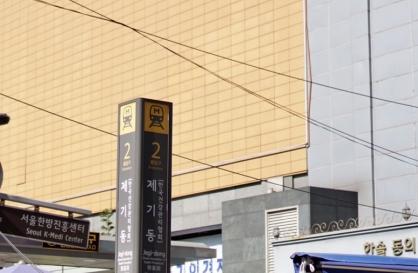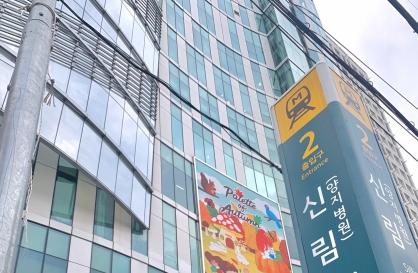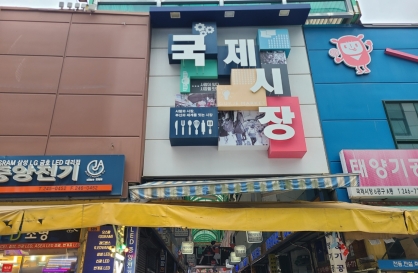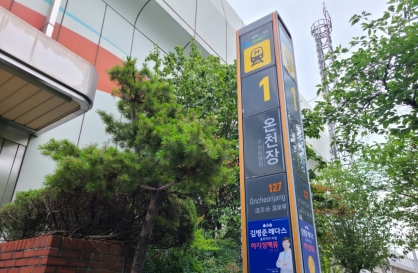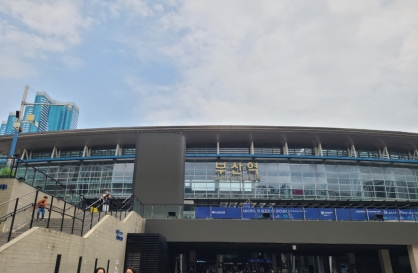Most Popular
Subway Stories
[Subway Stories] Busan Station, where Korea's Eurasian dream lives on
Gateway to Korea's second-biggest city hopes to expand its railway network throughout Asia and Europe
By Jung Min-kyungPublished : June 18, 2023 - 17:07
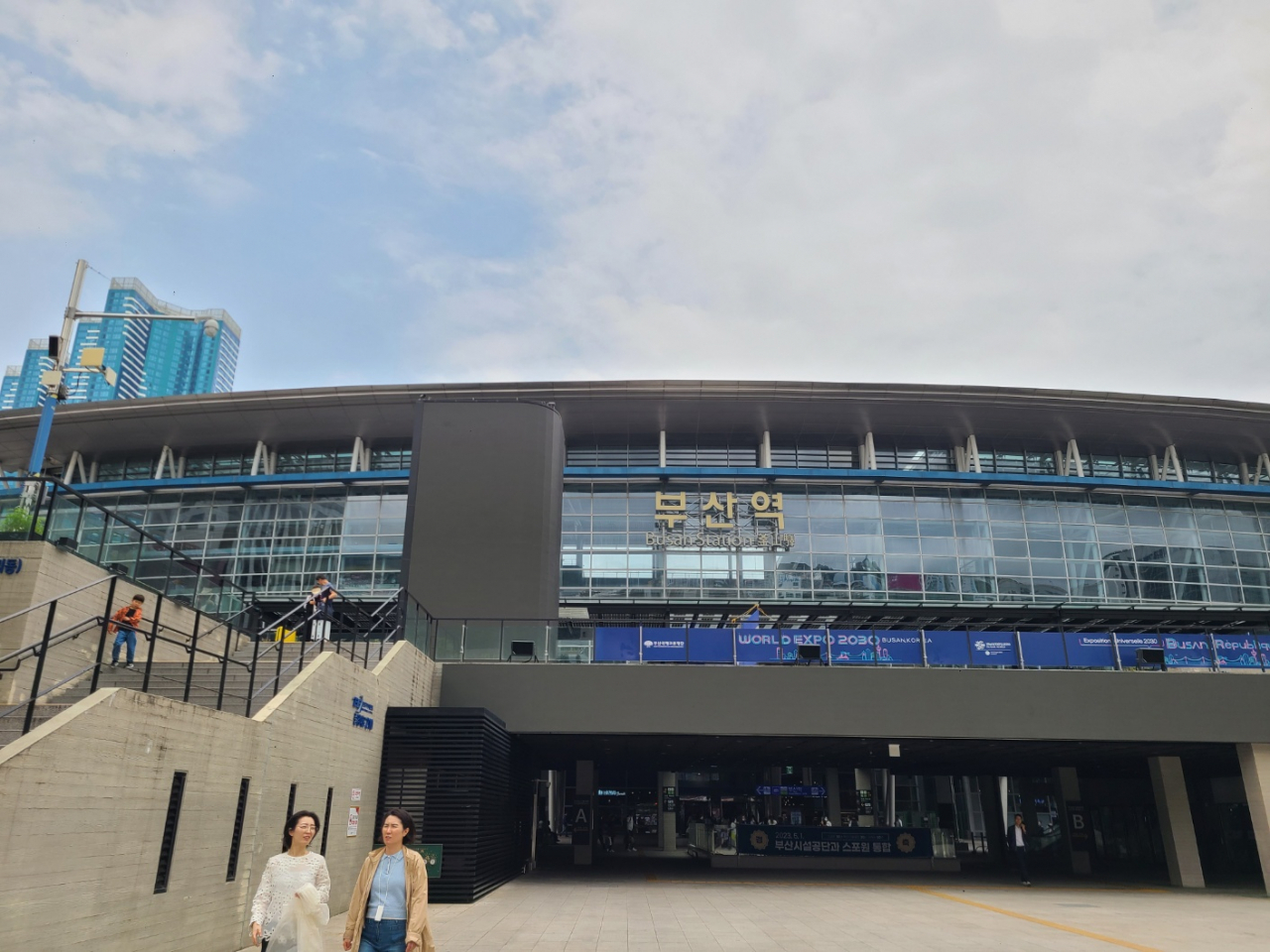
Busan, South Korea’s second-biggest city renowned for its vibrant beaches and delectable cuisine, has its own subway network.
Much like Seoul Station, which acts as the main entry point for visitors to the capital, Busan Station serves as the gateway for those arriving in the city, doubling as a stop for the bullet train and a subway station.
The subway stop is part of Line No. 1 that connects passengers with major tourist spots in the northern and western part of the city, including the famous Bupyeong Market, Jagalchi Market and Dadaepo Beach.
But, before embarking on further adventures, the vicinity of Busan Station offers its own attractions worth exploring.
Chinatown with dash of Russian, central Asian culture
Near gate No. 1 of the subway station, the city’s own Chinatown beckons visitors with a large Chinese style gate synonymous with most Chinatowns across the world.
It is just as old as the one in Incheon, with its history dating back to the 19th century.
The most distinguishing traits about Busan's Chinatown from other similar communities around the world is that it also includes Russian and central Asian cultures as part of its community.
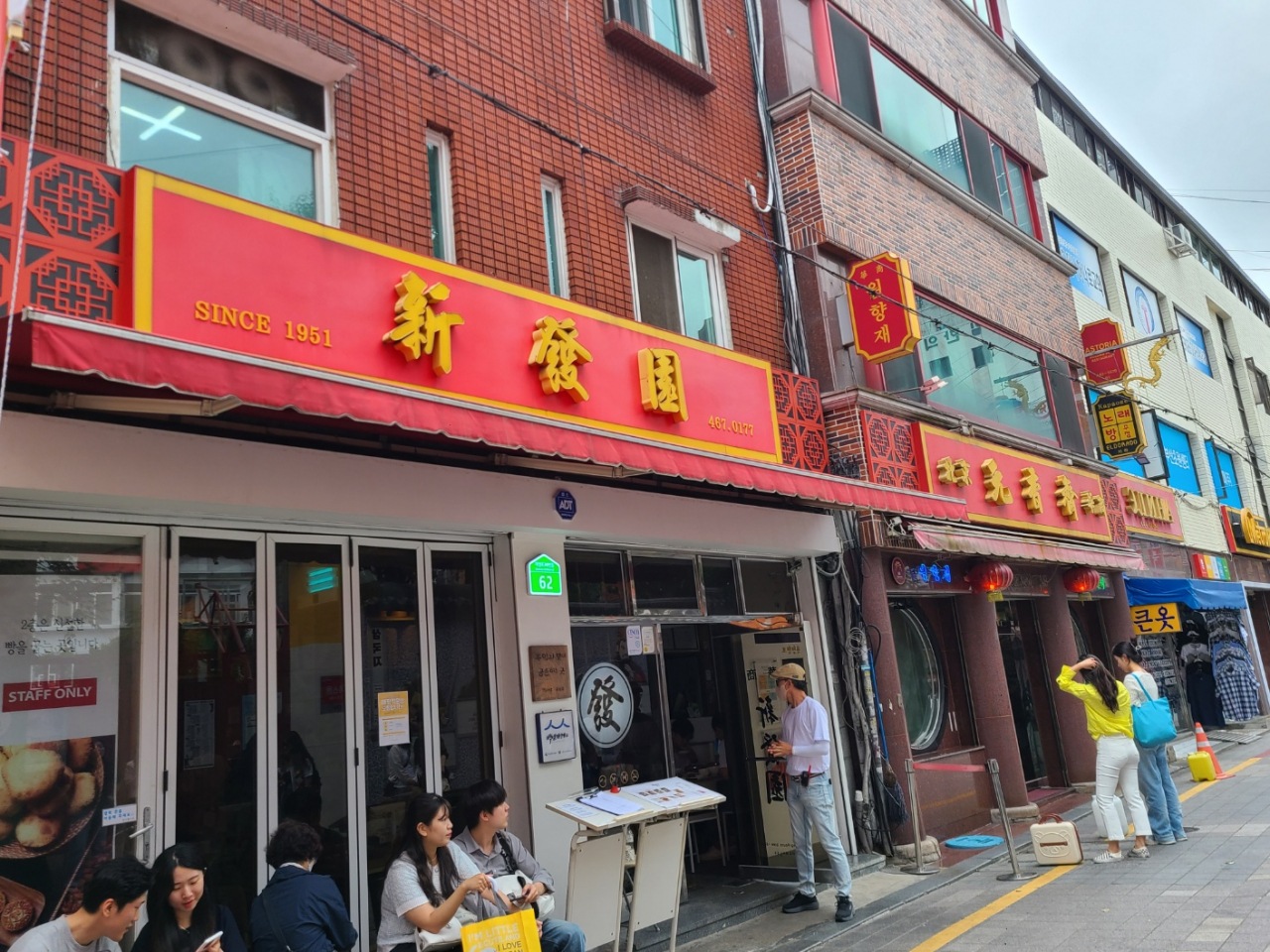
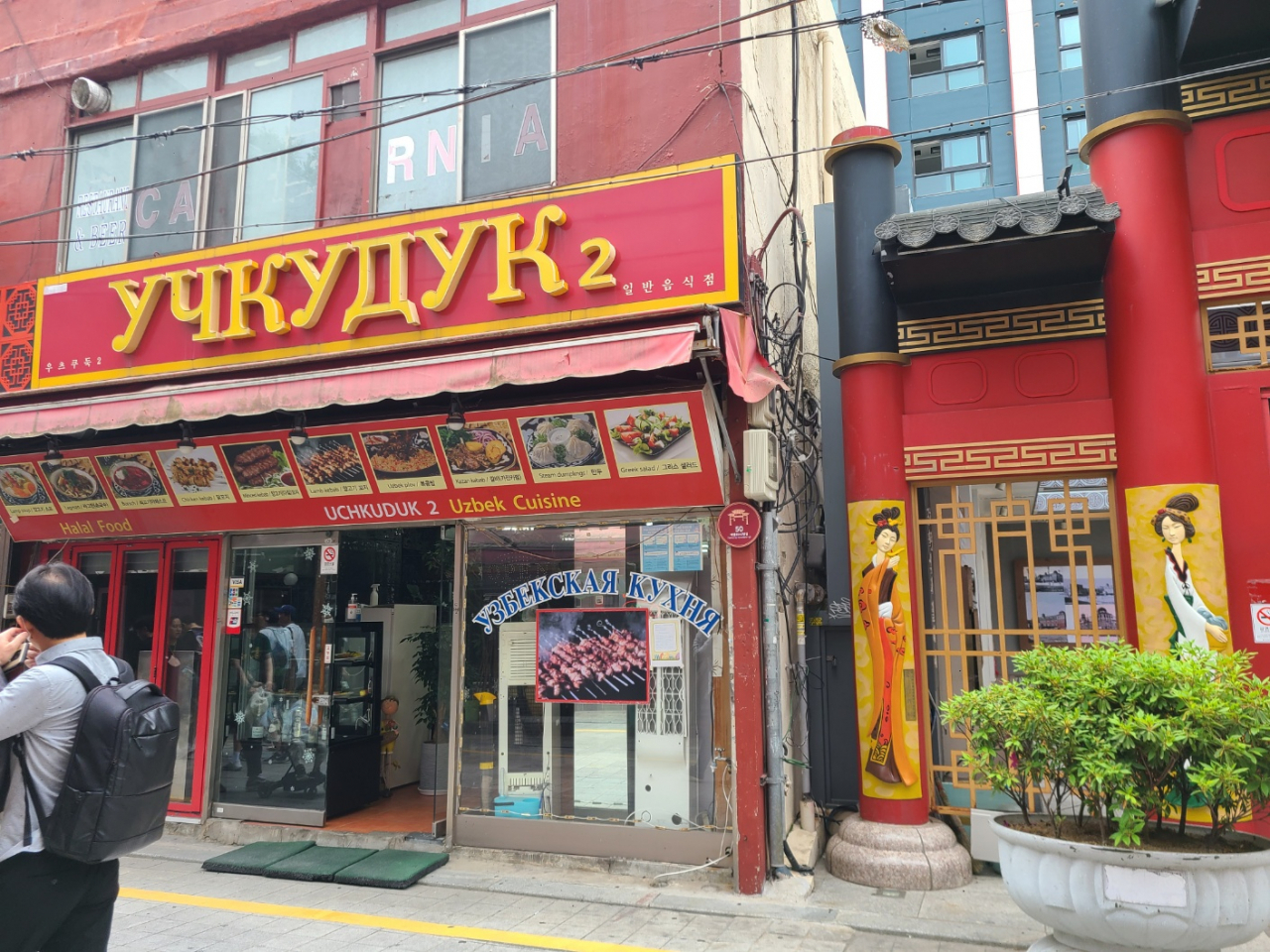
Half of the town sells Chinese foods such as delicious, steamy dumplings. The rest is filled with Russian and central Asian groceries and telecommunication stores.
This is, according to the town’s current residents, because many of the Chinese settlers, known as "hwagyo," had already left the town in the 1990s, and have since been replaced by Russian and central Asian immigrants who sought to find work in Korea after the collapse of the Soviet Union in 1991.
"We opened this grocery store in 2003 and now many visitors come to experience Russian culture," Irina, manager of Russian grocery store Imperial Foods Market in Chinatown, told The Korea Herald.
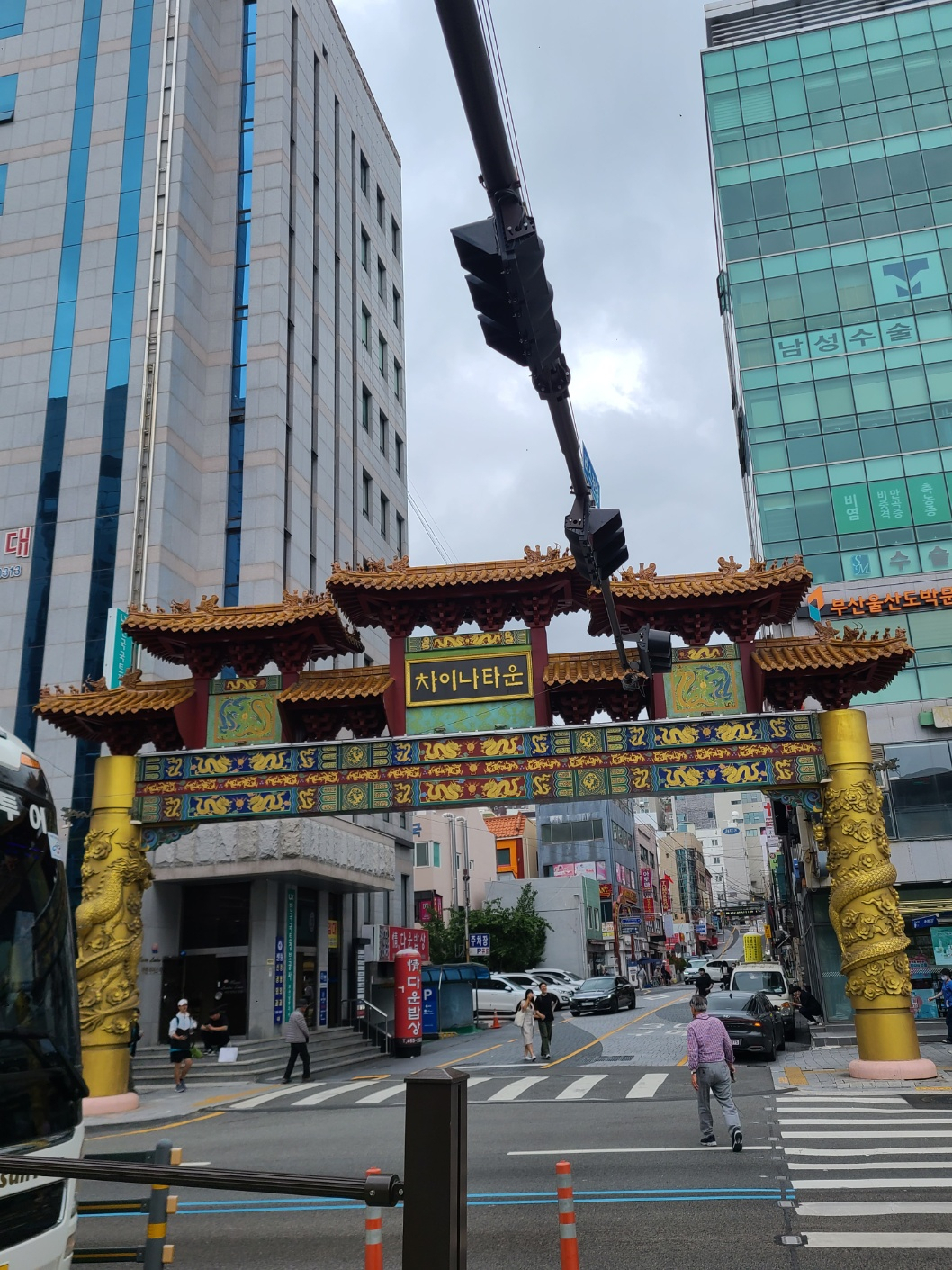
"Chinatown is now a rare place in Korea where visitors can experience Chinese and Russian culture at the same time," said Irina, who only wanted to be identified by her first name.
Busan Chinatown's history dates back to the late 1800s when the port city became a major trade hub between the then Qing Dynasty (1616-1912) and Korea, according to information provided by the Busan Metropolitan Government.
Noticing the growing size of the Chinese population settling down in Busan, the officials under King Gojong of Joseon established a Qing Consulate in 1884 in the area that later became Chinatown. Hwagyo sold silk, shoes, mirrors and cosmetic goods imported from the Qing Dynasty at the time.
The town's population dwindled after the Qing lost to Japan in the First Sino-Japanese War (1984-1895). The consulate was shut down and most hwagyo returned to China.
The consulate reopened in 1898 and Chinatown began to flourish again.
Decades later, refugees of the 1945-49 Chinese Civil War -- the military struggle between the Chinese Communist Party and the Nationalist Party -- settled down in Busan, becoming the ancestors of modern-day Chinatown residents.
Connecting continents
The first-floor entrance to Busan Station is an area dubbed the "Eurasia Platform." The platform reflects the station's hope to become a starting point for railways connecting major cities in Europe and Asia, once the divided Koreas are reunified.
Once the two Koreas join together, or if the two connect their railways, trains originating from Busan could travel to Beijing, seamlessly connecting to the Trans-Siberian Railway, and potentially all the way to Paris.
Seoul is determined to make the inter-Korean railway a reality. Since the early 2000s, officials have pushed for the project, although volatile ties between the two Koreas have resulted in interruptions and setbacks.
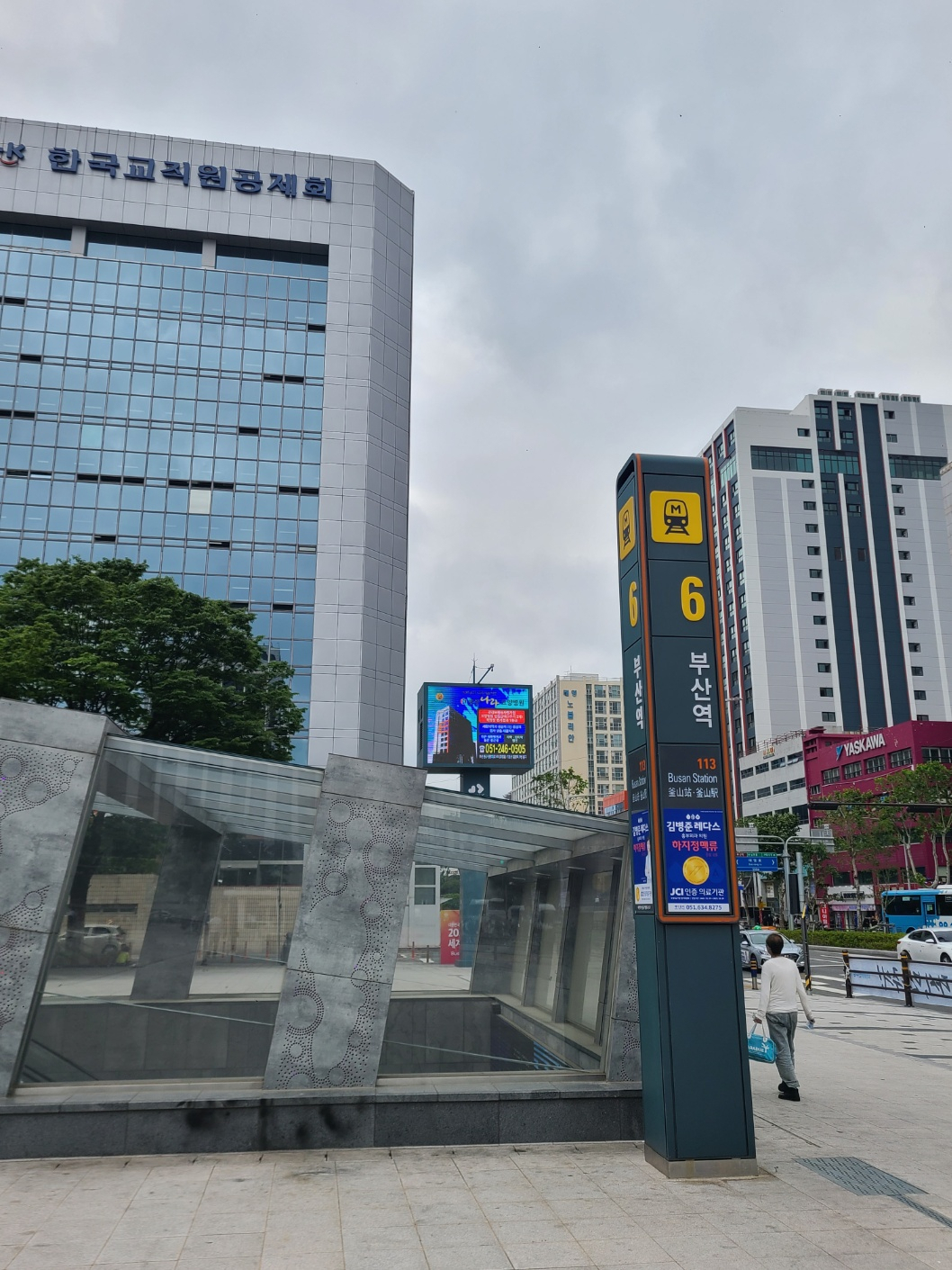
Busan is also only 3 hours and 40 minutes away by high-speed ferry from Japan's northwestern port city of Fukuoka. The proximity to Japan will allow Busan to be a railway hub connecting most regions in Eurasia.
"There is huge anticipation surrounding the role of Busan Station when the inter-Korean railway connects," a Busan city government official said.
"It is projected to play a key part in connecting Eurasia due its location and strong history as a transportation hub."
Some 12.6 million visitors use Busan Station via train annually, according to data provided by railroad operators Korea Railroad Corp. and SR Corp.
Busan Station first opened in 1908 as a temporary stop then was officially launched in 1910 under Japan's 1910-1945 colonial rule of the Korean Peninsula.
For Japan, the station was an important hub connecting Tokyo and Seoul, as well as beyond to China.
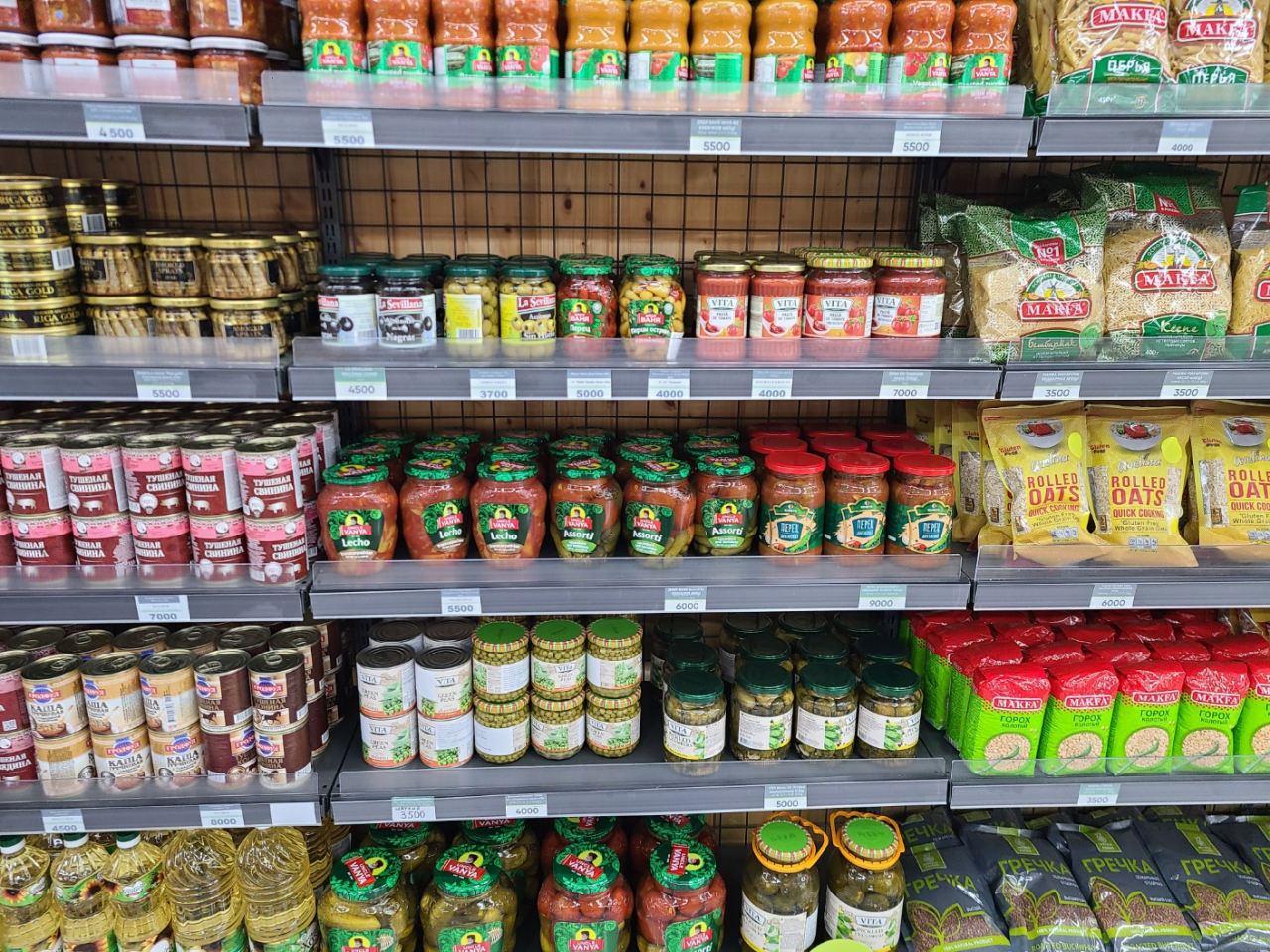
The old Busan Station burned down in a big fire in 1953, which engulfed a vast area surrounding the station which was overcrowded with war refugees. The renovated building opened to the public in 1969.
The station had undergone a second renovation in 2003 to accommodate high-speed bullet trains.
Decades later, the venue resembles a giant shopping mall complex with a mixture of local brands born and bred in Busan alongside nationwide brands, including Kakao Friends Shop.












